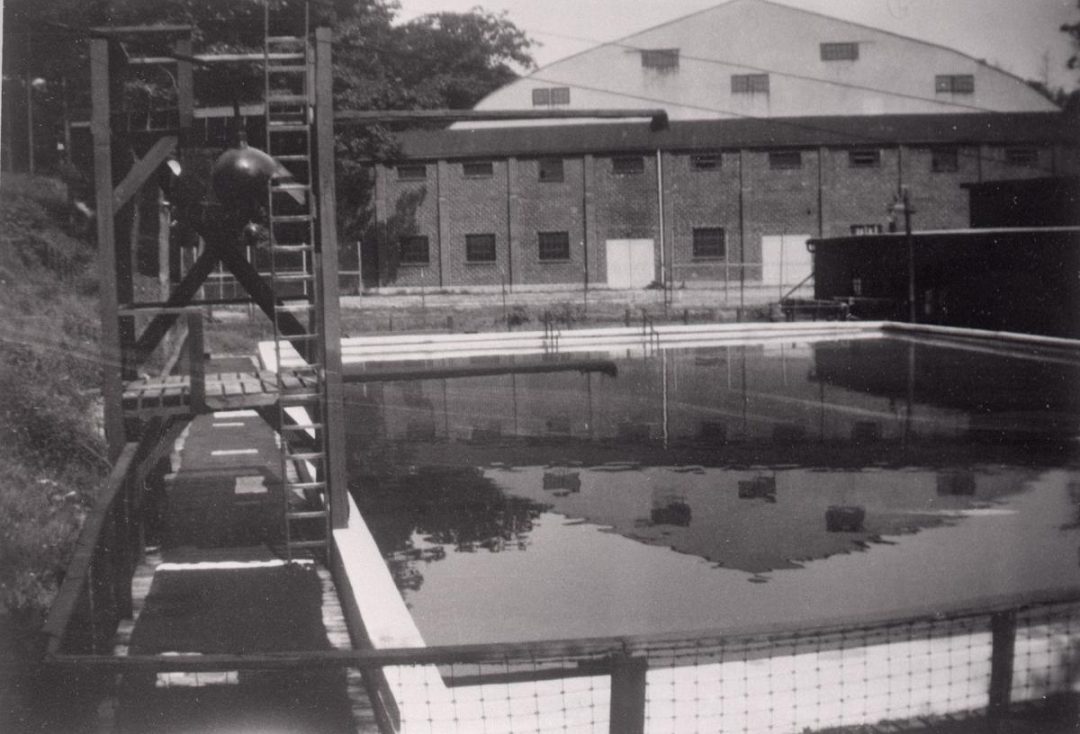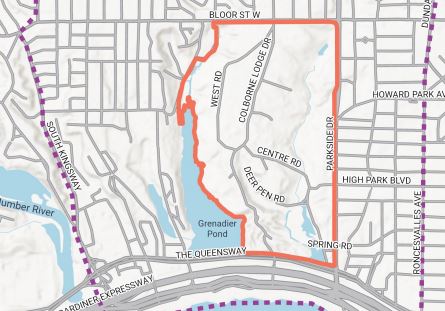PAINTING IRONWORK. The pointing of ironwork is one of the most neglected yet important factors in its preservation, and one to which the mechanical engineer rarely devotes much time or thought. The majority of specifications merely state that the ironwork is to receive one, two or three coats, as the case may be, ignoring entirely the quality of the paint. Perhaps the engineer is not wholly to blame for this, as the manufacturers of paint, like other vendors of special articles, puff their rival wares until everyone, except the expert, is quite at a loss what special paint to choose. As a general rule, price is the first thing which influences the choice of paint, after which comes color, and finally covering power. The preservative action is seldom considered, whereas if this were kept prominently forward we should have had exhaustive experiments on the subject and some consensus of opinion as to the proper paint to use for ironwork, one which would thoroughly preserve it under the most adverse circumstances, thereby saving the loss due to oxidation. A paint to preserve ironwork should possess great firmness, good hardening proper&ties ; it should be elastic and expand and contract readily with the iron at varying temperatures. Of the best paints those most used are the oxide of iron and red and other colors of lead paints. Oxide of iron paints possess greater covering power than lead paints in the proportion of three to two. From some experiments which have been made with some of Wolston’s Torbay oxide of iron paint it was found that on a surface of ten superficial yards it took for the first coat of oxide, 1 pound ; for the second coating, pounds, and for the third coat, 2 pounds ; whilst with the lead paint \yi pounds were used for the first coat, 2^ pounds for the second coat, 3^ pounds for the third coat. The manufacture of what is known as the Torbay oxide paints is principally in the hands of two firms, the Torbay and Dart Paint Co. and the Torbay Paint Co. ; these firms make it from the natural oxide found in abundance at Brixham, South Devon. Oxide of iron paint is also made from natural oxide at Via Gellia, near Matlock, Derbyshire, and at many other places in the kingdom. The oxide is thoroughly pulverized, levigated and washed through a woven mesh, finally passing through a brass-woven mesh of over four thousand holes to the square inch. The pigment combines thoroughly with iron, entering minutely into its pores by reason of its extreme fineness. It is claimed by the makers of paint from natural oxides that these oxides possess some mysterious ad&vantages over artificial oxides which have beenobtainedasby-productsfromchemicals, that the paints from artificial oxides do not possess good covering powers, that they have not the power of amalgamating with oil, and that they have an acid reaction which necessarily corrodes the iron. This may be the fact in some cases, but we have seen artificial oxide paints which have none of these disadvantages and which have a decided alkaline reaction, thus equaling, if not rivalling, the natural oxide paint, and. being made from waste products, they are necessarily cheaper. A good paint for ironwork should be free from grit, uniform in quality, unchangeable under atmospheric influences, possess great covering powers, and be of an alkaline nature. The whole of these qualities can be tested by the ordinary painter under proper supervision, except the last, which requires chemical knowledge ; and we should strongly recommend the users of paint for ironwork to test their paints in conjunction with a qualified analytical chemist who has made the subject his study. Before painting the surface of galvanized iron it should be washed by an alkaline solution, as the galvanized iron frequently has a greasy acid surface when it leaves the galvanizing bath. In painting constructional iron work the wrought iron should be allowed to weather first before painting, as the oxide which forms on the surface of the iron when rolled will always sooner or later peel off, carrying whatever coats of boiled oil or paint there may be put upon it. We have seen this oxide peel off in flakes two feet and three feet square ; we know that engineers are fond of specifying the iron to be oiled whilst hot from the rolls, and we have even seen it specified that castings should be coated with boiled oil whilst red hot. How the gushing engineer expected the castings to be fettled and cleaned before this operation we know not. A good coat of paint improves the appearance of a machine, bridge or roof, and although it may seem a minor matter, yet we believe there is money to be saved by careful attention to the quality and price of the paint used on iron work.—Mechanical World.
in this issue it was also reported,
Mr. Robt. H. Shaw, the manager ofThe Standard Fuel Co,, Toronto Junction, is
dead.


